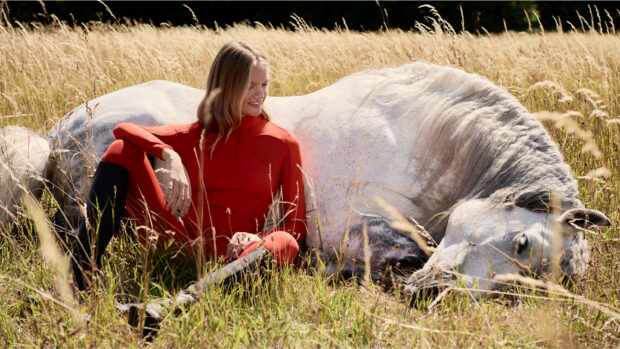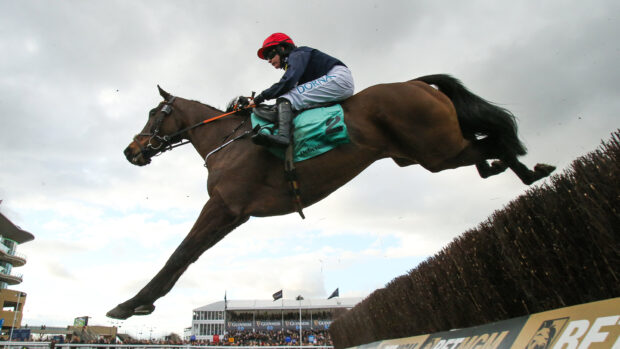The ancient breed of the Hungarian Vizsla is fairly new to British soil, with imported dogs being registered with the UK Kennel Club only from 1953. Prior to this, it survived near extinction in both world wars, with its preservation thanks to Hungarian refugees smuggling their precious dogs out to keep the breed alive.
This elegant and athletic dog with its distinctive russet coat has been growing in popularity ever since (now the 15th most popular dog in the UK), cherished for its can-do attitude, sportiness and desire to form a strong bond with his handler. This is a naturally sensitive dog: intelligent, eager and loving. Strong and energetic, they are the perfect dog for those who love outdoor adventures with a four-legged friend in tow. They do require a large amount of interaction with people, and plenty of exercise, so sporty owners are a must.

Hungarian Vizsla breed: fact file
Kennel Club breed group: gundog
Size: medium
Daily exercise: more than two hours a day.
Coat: short, shedding
Colours: russet gold. Eyes a shade darker than the coat (yellow or black undesirable).
Lifespan: more than 12 years.
Bark: often vocal.
History: although there is some indication that the origins of the breed lie way back in the ninth century, there is more evidence for the Viszla developing on the Hungarian plains around the 14th or 15ht centuries, where it was used in falconry, and was later crossed with pointing dogs and possibly bloodhounds, greyhounds and sloughis. The breed has endured a perilous path to its popularity today, having almost became extinct during the world wars, but Hungarian refugees resurrected the breed with dogs they had smuggled out of the country. It was registered with the Kennel Club in 1953.
Distinctive features: their sleek russet gold coat; lean, distinguished and noble looking, with elegant and ground-covering movement. Sometimes nicknamed “velcro dogs” on account of their desire to stick close to their handler.
Temperament: lively and openly affectionate, but sensitive, with a strong protective instinct.
Things to consider: Vizlas love to be with their people, so owners may need to learn how to prevent and deal with separation anxiety in dogs. They can resort to destructive behaviour, so the best chew toys and the best dog puzzle toys for mental stimulation are a great idea.
They are athletic and have bottomless stamina, so how about learning to run or bike with your Vizsla to give them the exercise they need while building your bond?
They also love a simple game of fetch, tapping into their retrieving instincts as a gundog.
Training: thanks to their desire to please their handler, they are trainable, however they can be quite a handful due to their high energy levels and the bounce factor! This is a very versatile breed, which can excel at a range of disciplines if well trained, from field trials, agility, obedience, flyball, freestyle and in the show ring. They also make lovely therapy dogs.

The Complete Guide To The Vizsla
With interviews with 15 top Vizsla breeders, this book is a comprehensive guide for any new Vizsla owner.
You may also enjoy reading…

All about the Dalmatian: the spotted dog bred to keep up with a horse and carriage

All about the Saluki

Faster than a cheetah? Check out the pace of these 7 speedy dog breeds

10 British dog breeds everyone should own (at least one at some point in life)

Subscribe to Horse & Hound magazine today – and enjoy unlimited website access all year round
Horse & Hound magazine, out every Thursday, is packed with all the latest news and reports, as well as interviews, specials, nostalgia, vet and training advice. Find how you can enjoy the magazine delivered to your door every week, plus options to upgrade your subscription to access our online service that brings you breaking news and reports as well as other benefits.




